No products in the cart.
NEWS
Growing Delicious Figs: A Comprehensive Guide to Fig Tree Care
Enjoying fresh, sweet figs straight from your garden is a truly rewarding experience, accessible to many gardeners regardless of space limitations. Fig trees (Ficus carica) are remarkably resilient and productive, offering a taste of the Mediterranean right at home. Mastering basic fig tree care unlocks the potential for abundant, delicious fruits, transforming your backyard or patio into a fruitful haven. This comprehensive guide will walk you through everything you need to know to successfully grow and care for your fig trees.
Choosing the Right Fig Tree for Your Climate
Selecting a fig variety suited to your local climate is the first crucial step. While figs are generally associated with warm regions, several cultivars exhibit surprising cold tolerance.
- Hardy Chicago Fig: As the name suggests, this variety is renowned for its ability to withstand colder temperatures, often surviving in USDA Zones as low as 5 or 6 when protected. It’s an excellent choice for gardeners in regions with freezing winters.
 Hardy Chicago fig plant in a garden setting
Hardy Chicago fig plant in a garden setting - Brown Turkey Fig: A highly popular and adaptable variety, ‘Brown Turkey’ is known for being easy to grow and a prolific producer of sweet, brownish-purple figs. It thrives in temperate regions and is quite forgiving.
- Celeste Fig: Often called the “sugar fig” due to its intense sweetness, ‘Celeste’ is another reliable and popular choice, particularly favored in the southeastern United States. It’s relatively hardy and produces medium-sized, light brown to violet figs.
Consider your average winter temperatures and available space when making your selection. Many fig varieties can be grown successfully in containers, offering flexibility.
Planting Your Fig Tree: Location and Soil
Fig trees perform best in a location that receives full sun – at least 6 to 8 hours of direct sunlight daily. More sun generally leads to better fruit production. Choose a spot protected from strong winds, especially in cooler climates, as this can damage branches and affect fruit development.
While figs are adaptable to various soil types, they absolutely require well-drained soil. They dislike having “wet feet,” which can lead to root rot. Sandy loam is ideal, but figs can grow in heavier soils if drainage is improved by incorporating organic matter like compost. The soil pH is less critical for figs, though they tend to prefer slightly alkaline conditions.
Essential Care for Thriving Fig Trees
Once planted, established fig trees are relatively low-maintenance, but consistent care in key areas will ensure health and productivity.
Watering
Proper watering is vital, particularly for young trees and those grown in containers. Fig trees prefer consistent soil moisture, especially during the fruiting period, but they are susceptible to root rot if overwatered. Allow the top inch or two of soil to dry out before watering deeply. Signs of insufficient water include drooping leaves and stunted fruit development. Container-grown figs will dry out much faster and may need daily watering in hot weather. Conversely, excessive water can lead to problems like fig souring.
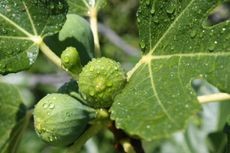 Fig tree leaves covered in water droplets after irrigation or rain
Fig tree leaves covered in water droplets after irrigation or rain
Fertilizing
Figs are not heavy feeders and often thrive with minimal fertilization, especially when planted in fertile soil. Over-fertilizing can lead to excessive leafy growth at the expense of fruit production. If your soil is poor, or if you are growing figs in containers (where nutrients leach out faster), a light application of a balanced fertilizer in early spring is usually sufficient. “According to horticultural specialists at Biogarden, ‘For most in-ground figs, adding some compost annually provides ample nutrition. Potted figs benefit from a diluted, balanced feed every few weeks during the growing season.'”
Sunlight & Airflow
Beyond full sun, ensure good air circulation around your tree. This helps prevent fungal diseases. Proper spacing during planting and thoughtful pruning contribute to better airflow.
Pruning Fig Trees
Pruning is an important aspect of fig tree care, helping to shape the tree, improve air circulation, remove dead or diseased wood, and encourage fruit production.
- When to Prune: The best time to prune most fig trees is during their dormant season, typically late winter or early spring before new growth begins.
- How to Prune: Focus on removing crossing branches, suckers from the base, and any wood that is dead, damaged, or diseased. Pruning also helps maintain a manageable size and shape. For container figs, regular pruning is essential to keep the tree in proportion to its pot and facilitate moving it indoors for winter in colder climates.
 Hands pruning a small fig tree growing in a terracotta pot
Hands pruning a small fig tree growing in a terracotta pot
Growing Figs in Containers
Growing figs in pots is an excellent option for those with limited garden space or who live in climates where figs need winter protection.
Use a large container (starting with 10-15 gallons and upsizing as needed) with ample drainage holes. A good quality potting mix designed for containers is essential. Potted figs require more frequent watering and potentially more regular, diluted feeding compared to in-ground trees. Remember to prune to manage size and bring the pot indoors (to a garage, shed, or unheated room) when temperatures consistently drop below freezing for varieties not rated for your zone.
Managing Pests and Diseases
While generally hardy, fig trees can encounter specific pests and diseases. Vigilance is key to early detection and management.
- Fig Tree Borer: These beetle larvae tunnel into the wood, weakening branches or even the main trunk. Look for sawdust-like frass near holes. Management often involves pruning out infested limbs and maintaining tree vigor.
 Close-up of fig tree branch showing damage from fig borers
Close-up of fig tree branch showing damage from fig borers - Pink Blight: A fungal disease that affects branches, causing pinkish crusts and potentially girdling and killing limbs. Prune out affected branches well below the infected area and ensure good air circulation.
- Fig Mosaic Virus: Causes yellowish or greenish mottling patterns on leaves and sometimes deformed fruit. It’s spread by mites. While often not fatal and symptoms can vary year to year, there is no cure. Focus on managing mite populations and maintaining tree health.
 Fig leaf displaying classic symptoms of Fig Mosaic Virus with yellow patches
Fig leaf displaying classic symptoms of Fig Mosaic Virus with yellow patches - Souring (Sour Rot): This bacterial or yeast infection causes fruit to ferment on the tree, often attracting fruit flies. It’s often linked to insect damage or rain splitting ripe figs. Prevention includes controlling insects, promoting airflow, and harvesting fruit promptly when ripe.
 Sliced open fig fruit showing signs of internal souring or rot
Sliced open fig fruit showing signs of internal souring or rot
Troubleshooting Fruiting Issues
It can be frustrating when a fig tree fails to produce fruit or yields poor quality figs. Common reasons include:
- Tree Age: Young trees may take a few years to mature and start fruiting.
- Insufficient Sunlight: Lack of adequate sun is a major cause of poor fruiting.
- Improper Pruning: Removing the wood that produces fruit (figs typically form on new wood, or on last year’s wood depending on the crop – ‘breba’ crop on old wood, main crop on new wood) can reduce yield. Understand your variety’s fruiting habit.
- Stress: Extreme water fluctuations, nutrient deficiencies (or excesses), or pest/disease pressure can impact fruiting.
 Fig tree branches covered in green leaves but bearing no fruit
Fig tree branches covered in green leaves but bearing no fruit - Variety/Pollination: Some fig types require pollination by the fig wasp, which is not present in all regions. Most common home garden varieties (‘Brown Turkey’, ‘Celeste’, ‘Hardy Chicago’) are parthenocarpic, meaning they produce fruit without pollination. Ensure you have a variety suited for your area and needs.
- Small, Dry, or Mummified Fruit: This can result from stress (especially water), insufficient heat/sun to ripen, or specific pest issues.
 Close up of a mummified or dried fig fruit still attached to a branch
Close up of a mummified or dried fig fruit still attached to a branch
Harvesting Your Delicious Figs
Knowing when and how to harvest is key to enjoying the sweetest, most flavorful figs. Figs do not ripen off the tree. A ripe fig will be soft to the touch, may droop slightly on the stem, and the color will have deepened to its mature shade (which varies by variety).
Gently pull or twist the fig from the branch. If it doesn’t come away easily, it’s likely not quite ripe yet. Harvest regularly during the fruiting season, as ripe figs are perishable.
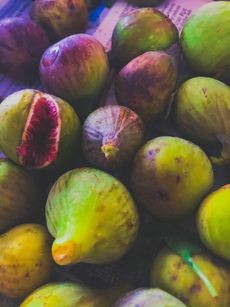 A generous pile of freshly harvested purple and green fig fruits
A generous pile of freshly harvested purple and green fig fruits
Conclusion
Growing fig trees is a deeply rewarding gardening pursuit, offering delectable fruits with a relatively low amount of effort compared to some other fruit trees. By providing ample sunlight, ensuring proper drainage and watering, practicing thoughtful pruning, and staying observant for potential pests and diseases, you can cultivate a healthy, productive fig tree for years to come. Whether you choose a cold-hardy variety for your garden or grow a prolific type in a container on your patio, the taste of a sun-ripened, home-grown fig is incomparable.
Ready to start your fig-growing adventure or need the right supplies to support your thriving trees? Biogarden.asia offers a range of quality gardening products, from soil enhancers and fertilizers to effective, natural pest and disease control solutions, perfectly suited to help your fig trees reach their full potential.




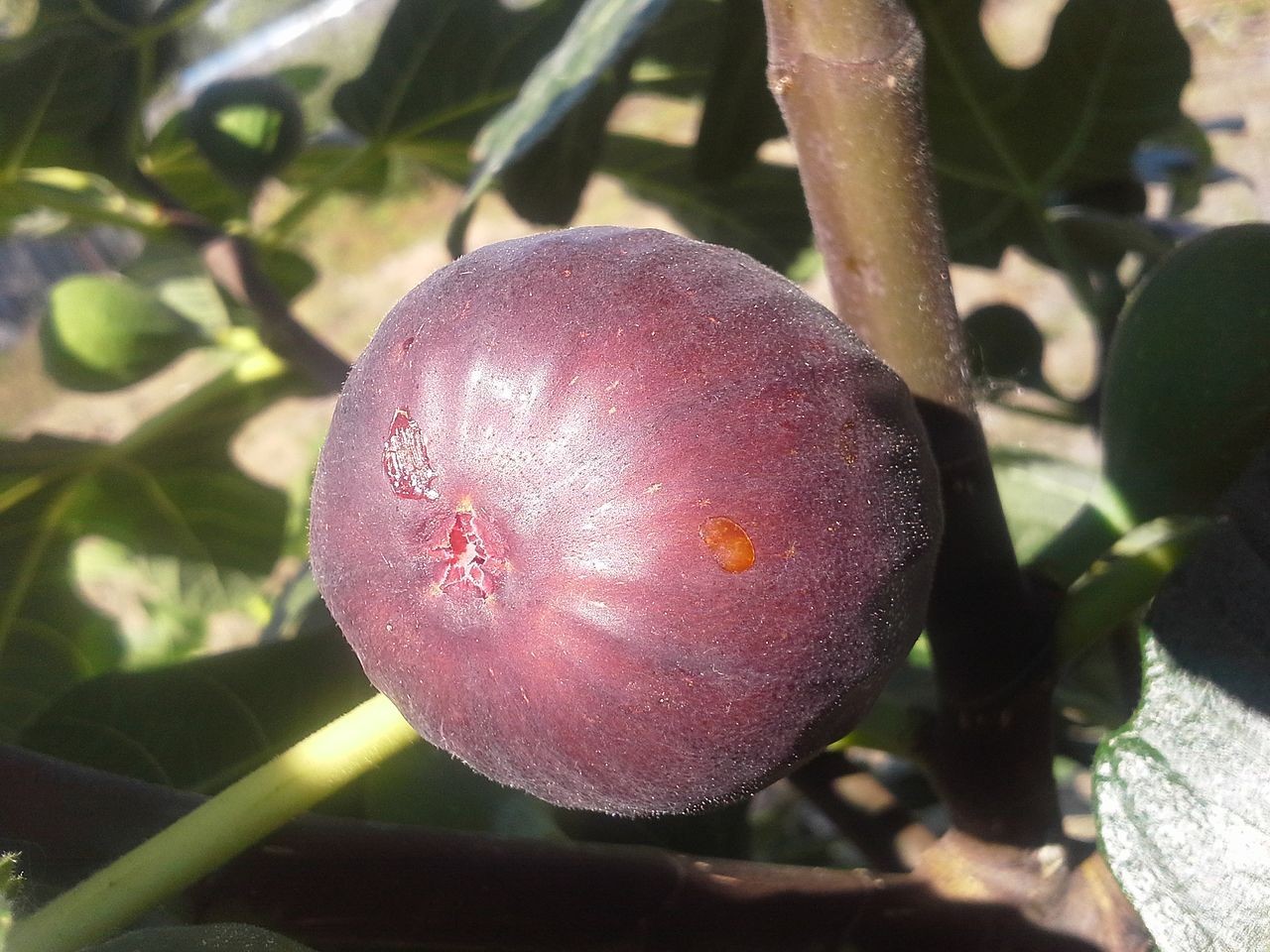 Hardy Chicago fig plant in a garden setting
Hardy Chicago fig plant in a garden setting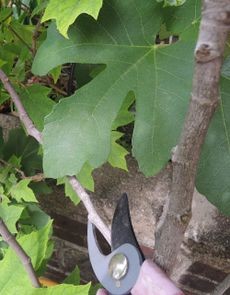 Hands pruning a small fig tree growing in a terracotta pot
Hands pruning a small fig tree growing in a terracotta pot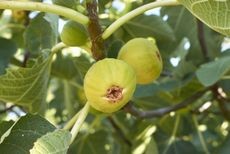 Close-up of fig tree branch showing damage from fig borers
Close-up of fig tree branch showing damage from fig borers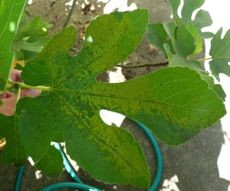 Fig leaf displaying classic symptoms of Fig Mosaic Virus with yellow patches
Fig leaf displaying classic symptoms of Fig Mosaic Virus with yellow patches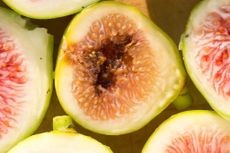 Sliced open fig fruit showing signs of internal souring or rot
Sliced open fig fruit showing signs of internal souring or rot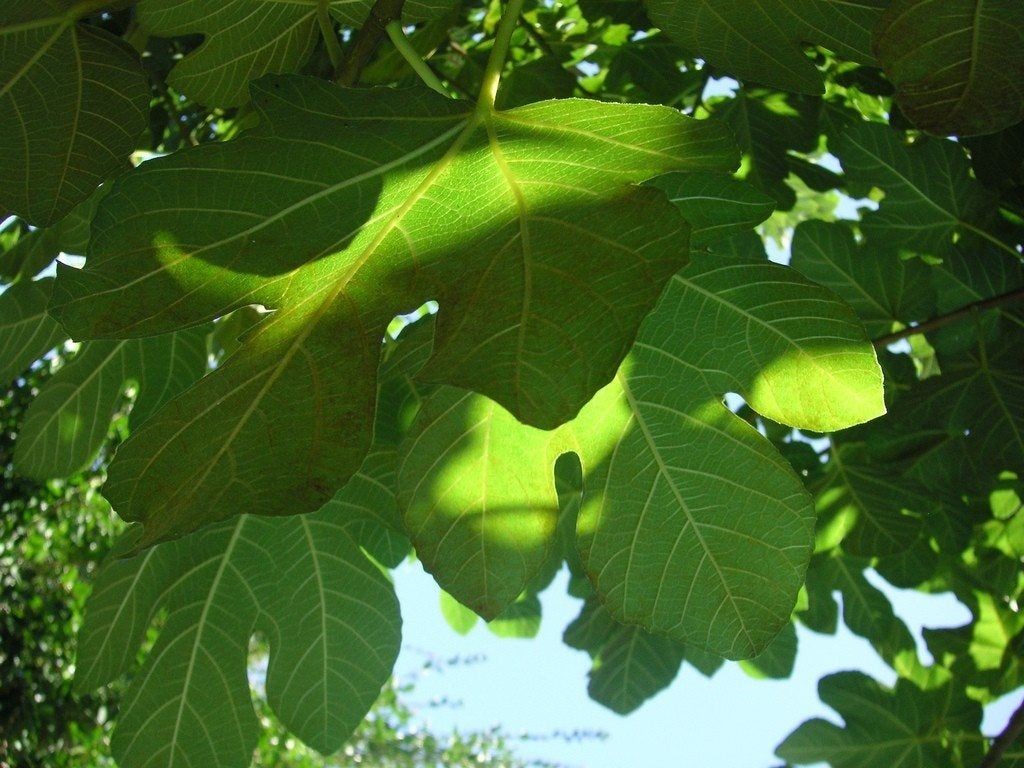 Fig tree branches covered in green leaves but bearing no fruit
Fig tree branches covered in green leaves but bearing no fruit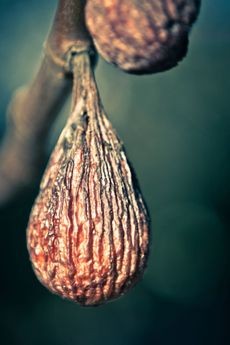 Close up of a mummified or dried fig fruit still attached to a branch
Close up of a mummified or dried fig fruit still attached to a branch